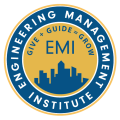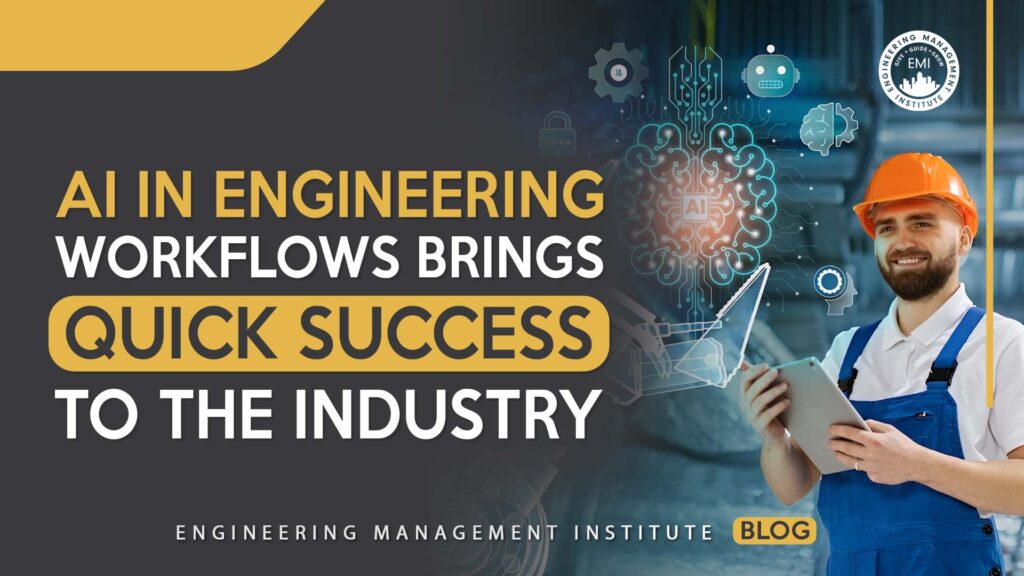AI is rewriting the rules of productivity. In high-performing engineering teams, AI-driven sprints can reduce product development cycles by up to 70% (McKinsey). This highlights a fundamental shift in how modern engineering organizations operate and how teams innovate. Today’s leaders must then move beyond problem diagnosis and embrace rapid solution discovery as a core competency. This reflects the growing importance of AI in engineering workflows.
From Problem Solving to Machine Learning
Traditional engineering culture prizes exhaustive analysis. Teams spend days tracing root causes, debating theories, and running simulations to validate every detail. This rigor ensures quality but often delays critical decisions. This approach also benefits from AI-driven engineering and automated problem solving.
Machine learning transforms that approach. In 2025, AI fluency is no longer a bonus—it’s a baseline. By training models on historical design data, test logs, and field feedback, teams can surface proven modifications in hours. Consider a scenario where simulation data and CAD geometry feed into an ML system that predicts the optimal radius adjustment to eliminate stress concentrations. Engineers receive this insight overnight, apply the change, and validate performance tests the next afternoon. The work remains thorough; it’s simply refocused on interpreting model outputs and calibrating parameters. These are the new standards of machine learning in design.
This shift elevates your team’s role from manual analysis to AI-assisted hypothesis testing. The new question becomes: “How quickly can we test a model’s recommendation and move on to the next improvement?” This signals the broader integration of AI in engineering workflows.
Why Speed Matters
Accelerating solution discovery directly impacts market performance and team dynamics. Rapid prototyping tightens learning loops, revealing design flaws before they become costly mistakes. We know every week of delay translates to lost revenue, eroded customer confidence, and mounting operational expenses. On the human side, we know that frequent wins boost morale. Engineers who see quick progress stay engaged, while drawn-out problem hunts breed frustration and turnover. This is where engineering productivity tools truly shine.
In this environment, speed becomes not just a metric but a catalyst for innovation and retention. This is especially evident when teams adopt data-driven decision making supported by AI.
How AI Transforms Engineering Workflows
AI enriches three critical workflows: pattern recognition, design generation, and knowledge retrieval. First, advanced analytics platforms scan decades of CAD files and failure logs to identify recurring stress points in seconds, which is a task that once required days of manual review. Next, generative design engines propose geometry or material adjustments tailored to performance targets, allowing teams to refine rather than reinvent. Finally, semantic search tools let engineers query standards, patents, or internal documentation using natural language, delivering precise references without endless folder digging.
By automating these steps, experts can focus on high-value challenges such as defining requirements, mentoring staff, and exploring new concepts. These improvements underscore the rising importance of engineering automation and AI in engineering workflows.
Embedding Artificial Intelligence into Team Culture
True culture change happens when AI isn’t a side project but part of your team’s rhythm. Start by sharing an AI win at every weekly stand-up. Describe what the tool did, how much time it saved, and what that enabled (extra tests, deeper analysis, etc.). Next, dedicate a 15-minute “AI jam session” within each sprint, pairing one engineer with an AI assistant to tackle a real issue. Capture the prompts, model outputs, and outcomes in a central playbook so everyone learns from each experiment.
Over months, these small rituals turn AI from a novelty into a natural collaborator. This will move your default mode from manual review to AI in engineering workflows and automated problem solving.
Challenges and Safeguards
Even powerful AI requires guardrails. First, always validate AI recommendations against engineering principles; blind acceptance can introduce new errors. Second, rigorous data hygiene and well-structured test results must be maintained to generate reliable outputs. Third, human oversight should be preserved by allocating time for expert judgment. The machines will handle routine tasks, while the engineers interpret trade-offs and assess long-term impacts.
Balancing AI capabilities with human expertise ensures your engineering team drives both quality and productivity.
A Roadmap for Implementation
Begin by selecting a low-risk yet repetitive workflow, such as failure analysis or code review, and pilot an AI tool. Measure outcomes in hours saved and prototype counts versus your baseline. Next, conduct a focused workshop to capture your team’s most effective prompts and define metadata standards for tagging design patterns. Assign stewardship roles to keep these assets current.
Once you demonstrate a 30% reduction in cycle times, expand AI sprints to core product lines. Integrate the new metrics into performance reviews and leadership dashboards, rewarding rapid, accurate fixes alongside traditional milestones. Finally, champion cross-functional projects where teams share playbook updates and trade notes, reinforcing continuous improvement. These steps help embed AI in engineering workflows and support a broader culture of engineering productivity.
One Last Takeaway
Artificial intelligence isn’t a fleeting trend; it’s the future of engineering leadership. By harnessing AI’s speed and fostering a culture of rapid iteration, your team will outpace competitors, reduce costs, and accelerate innovation. Swap multi-day investigations for focused AI sprints and unlock your engineers’ full potential. This is the power of AI in engineering workflows.
AI isn’t optional — it’s your competitive edge. As a career coach, I work with engineers daily. I see firsthand how adopting AI transforms workflows, boosts confidence, and accelerates growth. Sharing these real-world insights is why I’m passionate about guiding engineers through this new era of AI-driven engineering.
About Nader Mowlaee:

Please leave your comments, feedback or questions in the section below.








